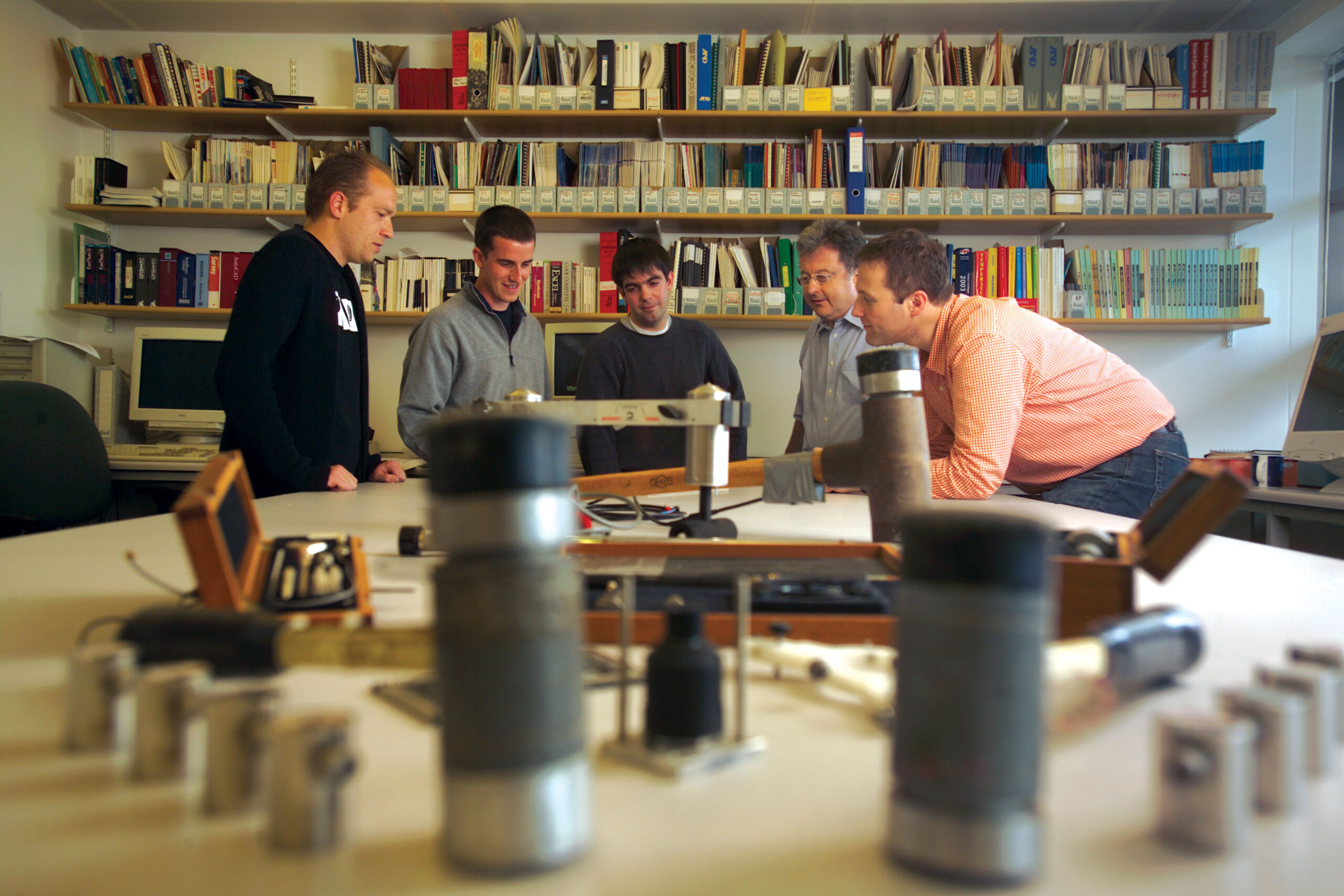
For the last few years, I have taught the first year introductory physics courses, Physics 1A and 1B. These are the largest classes in the School of Physics and Astronomy, typically having student numbers of around 300 or so. For several years, both courses have followed a Flipped Classroom methodology, but we still have three sessions a week that we term ‘lectures’: these take place in a traditional lecture theatre, with all the students present at the same time, and with one instructor.
The role of the lecture in these courses is complementary to that of the workshop, which is the other form of teaching we use. Workshops feature small group working (typically five to six students), largely paced by the students themselves, and with staff and teaching assistants on hand to help. The workshops allow students to get stuck into some substantial pieces of physics problem solving in a supportive environment. What then is the place of the lecture in this structure?
I believe there is still a clear role for a large group, lecture-type class session in courses of this nature. The ‘lectures’ are predominantly instructor-driven (rather than student-driven, as the workshops are), and allow the shape and boundaries of the course to be set out. They give us a chance to model expert-like thinking and processes. They allow us to direct the attention of all students to particularly troublesome topics, areas that we know from experience are difficult to grasp.
However, I also think it is important that these sessions shouldn’t be entirely monologic in nature: the students need to be engaged, but – more than that – they need to be active and personally involved. The challenge then is clear: how do you encourage dialogue when there are 300 students and one lecturer? A technique I make extensive use of is Peer Instruction, facilitated through the excellent Top Hat voting system. Peer Instruction is not simply peppering your lectures with factual quizzes; neither is it a case of stronger students just telling their neighbours the answers. Carefully constructed Peer Instruction questions lead students to confront their existing knowledge, carefully marshal their thoughts, vocalise their ideas, resolve discrepancies, and rebuild their conceptual frameworks. At its best, Peer Instruction can lead to enhanced student understanding, even if none of the students in the discussion group initially know the answer. Top Hat is an excellent tool for this; one of my students describes the advantages better than I can:
“I found the use of Top Hat interesting, it let everyone be involved regardless of how shy someone is i.e. people can give input without having to speak in front of 300 students. As well as getting people to speak to the person beside them so that they feel more relaxed amongst classmates.”
Peer Instruction, and other uses of ‘clicker’ questions, are a great way of involving every student in the room in a dialogue. However, there are limits to technology-mediated expression, even with the varied question types supported by Top Hat. There is no substitute for the student voice, and I try to encourage an environment where student questions are not just welcomed, but expected and entirely normal.
I think the key to this is to set a consistent tone, and to do so right from the first meeting of the class. Research has suggested that students pick up ‘the rules of the game’ very quickly, and will adopt whatever set of norms are perceived as ‘expected’ in the classroom. I ask open questions of the class, and expect an answer. People often ask me, “What if no one replies?” Just hold your ground; someone will, eventually! No matter how uncomfortable it might feel at the front of the lecture theatre, the social awkwardness of the silence is a strong motivator. Once a few bold students have volunteered answers, open discussion in the lecture theatre becomes ‘normal’ in the class. I now routinely get interrupted by questions from the very back row in Appleton Tower, which I think is great.
While not involving every student directly, these extended question and answer sessions allow students to ‘follow along’ with the discussion and think about what they might have asked, or what their answer would have been. My colleagues and I have termed this ‘vicarious interactivity’, and it forms a useful halfway house between the full-class interactivity of Peer Instruction and a non-interactive monologue.
However you go about it, I think the primary objective is to try to incorporate the small group ethos into your teaching, no matter the size of the class: how do you make the class as interactive as possible for as many students as possible, and how do you foster meaningful dialogue? Anything you can do to move in that direction is a positive step.
Next steps:
Read more about teachers’ experiences of using Top Hat in lectures in the School of Divinity
Find out more about Top Hat and how to use it with students




It is an issue with our classrooms, that there are not enough teachers but you’re very right that these sessions need to be engaging.